Australian businesses can now apply for a share of $500 million (USD 324 million) in capital grants and production incentives designed to boost domestic manufacturing capacity and establish the nation as a globally competitive producer of batteries and battery materials.
Delivered by the Australian Renewable Energy Agency (ARENA), the Battery Breakthrough Initiative (BBI) will provide targeted funding to help manufacturers produce battery products and scale operations across the value chain.
Federal Industry Minister Tim Ayres said the program will focus on key areas such as stationary energy storage and production of battery active materials using Australian energy and critical minerals.
“Batteries are a critical component of the global move to reduce carbon emissions and there is a huge opportunity for Australia to be part of this global demand,” he said.
“Australia’s got the raw materials, a strong research sector and a range of companies deeply engaged on the role of batteries in the clean energy transition, and that’s why I’m so excited to back these home-grown ideas and businesses.”
ARENA said the BBI funding will focus on projects that involve active materials, including the production of cathode materials, anode materials, and electrolytes used in electrochemical batteries.
The funding will also support the manufacture of battery cells and components, and projects related to battery pack assembly.
ARENA Chief Executive Officer Darren Miller said the initiative will identify where the opportunities are to strengthen the domestic battery manufacturing sector and build Australia’s battery manufacturing skills and capability.
“BBI will enhance Australia’s battery manufacturing capability, improve supply chain resilience and battery manufacturing processes, and foster innovation,” he said.
Funding provided through BBI will be made available as capital grants, production incentives or other payments deemed appropriate by ARENA. The program is expected to remain open until funds are exhausted.
The BBI was announced as part of the federal government’s $22.7 billion Future Made in Australia policy and is central to the National Battery Strategy. The battery strategy, announced last year, has identified a suite of opportunities, including stationary energy storage manufacturing, processing minerals to produce battery active materials, boosting battery research and developing batteries for the transport sector.
This content is protected by copyright and may not be reused. If you want to cooperate with us and would like to reuse some of our content, please contact: editors@pv-magazine.com.
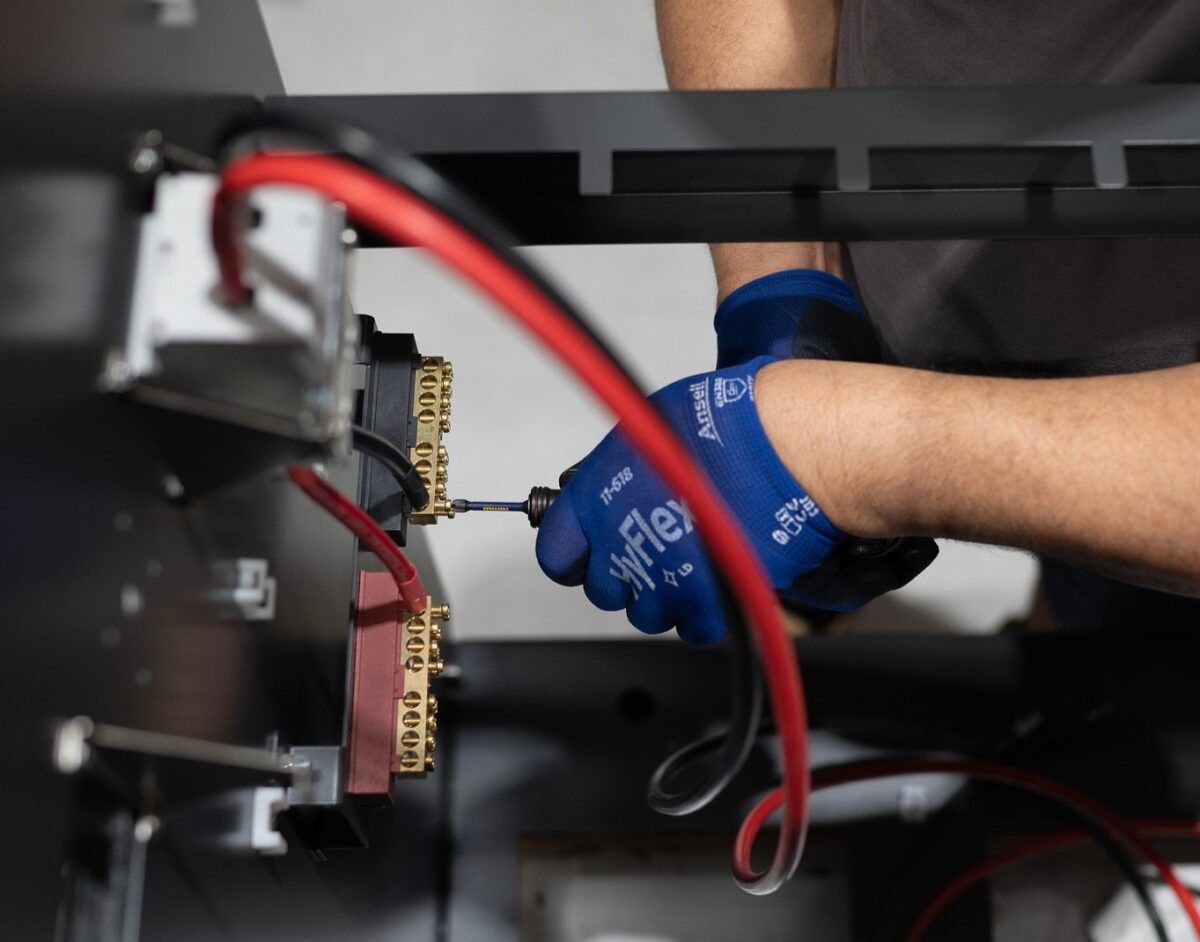
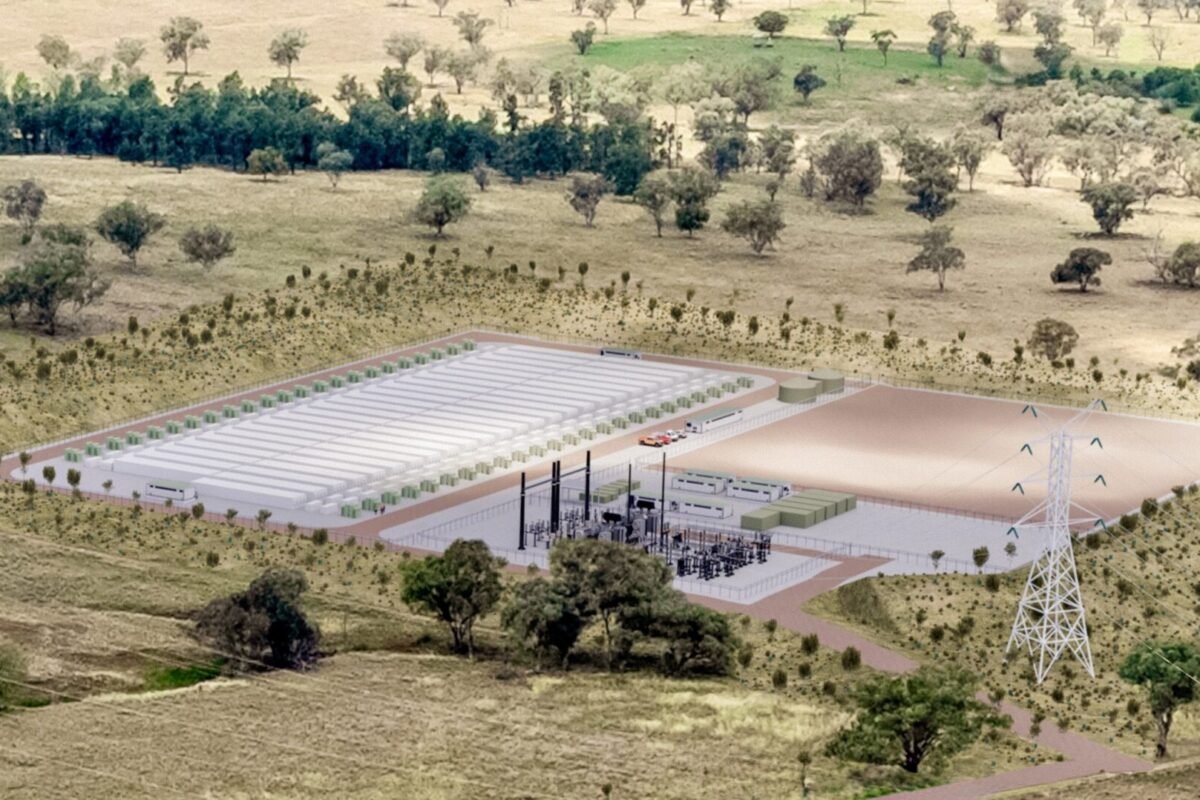


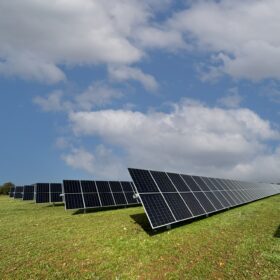
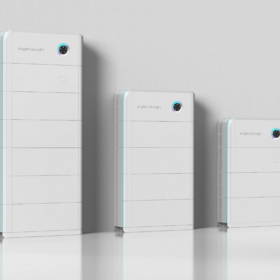
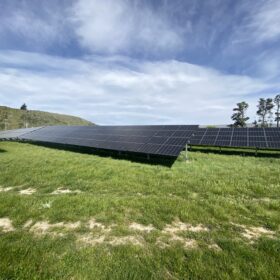

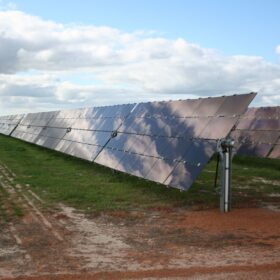
By submitting this form you agree to pv magazine using your data for the purposes of publishing your comment.
Your personal data will only be disclosed or otherwise transmitted to third parties for the purposes of spam filtering or if this is necessary for technical maintenance of the website. Any other transfer to third parties will not take place unless this is justified on the basis of applicable data protection regulations or if pv magazine is legally obliged to do so.
You may revoke this consent at any time with effect for the future, in which case your personal data will be deleted immediately. Otherwise, your data will be deleted if pv magazine has processed your request or the purpose of data storage is fulfilled.
Further information on data privacy can be found in our Data Protection Policy.